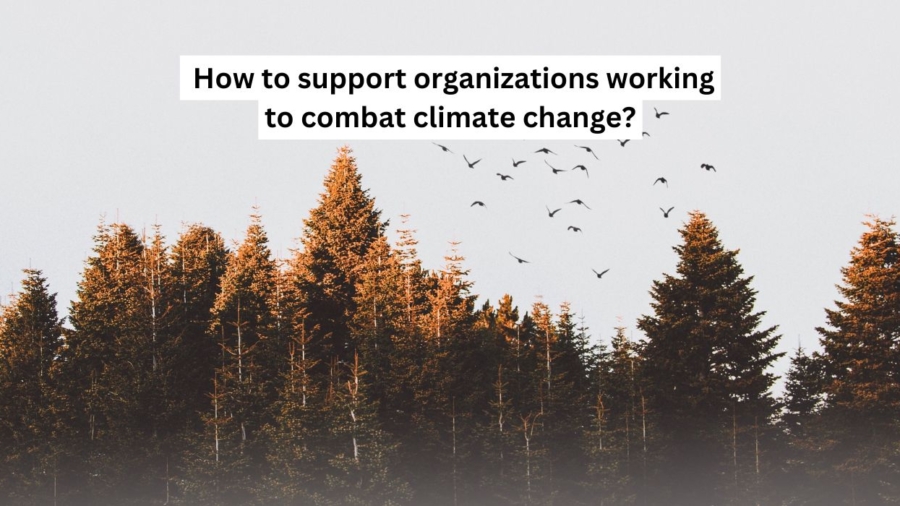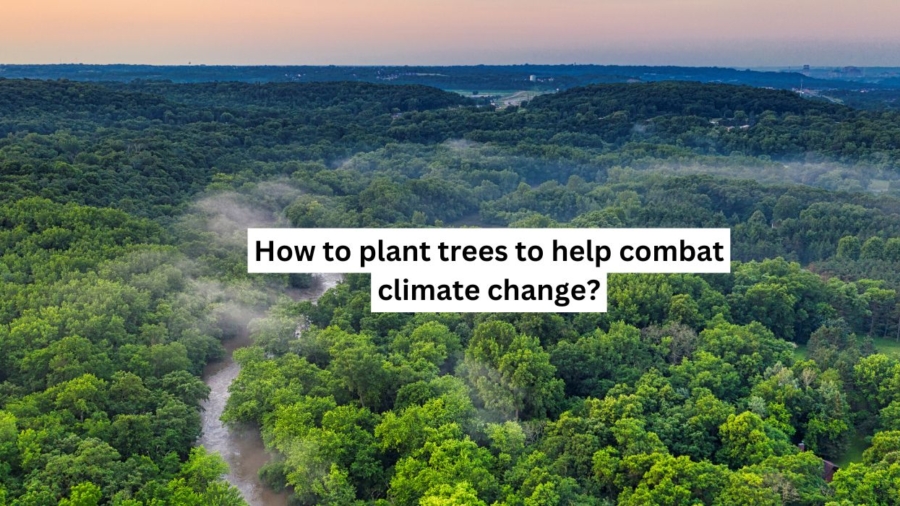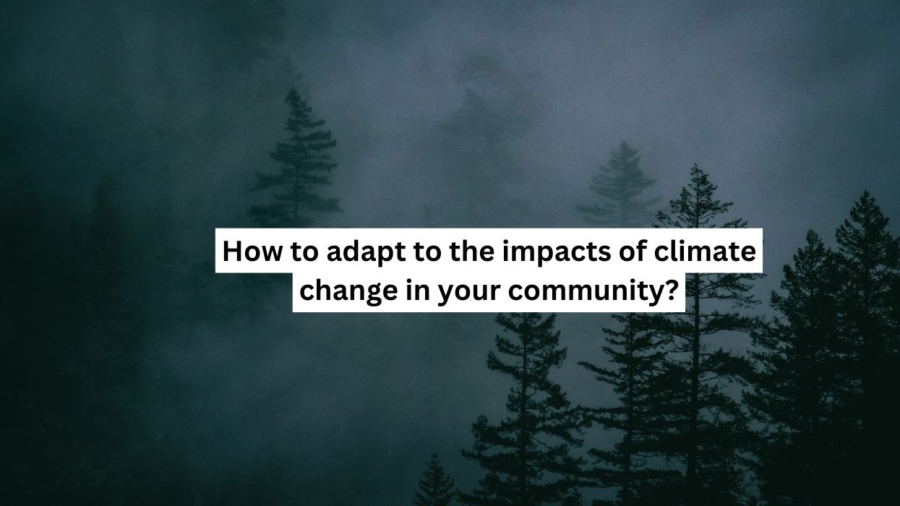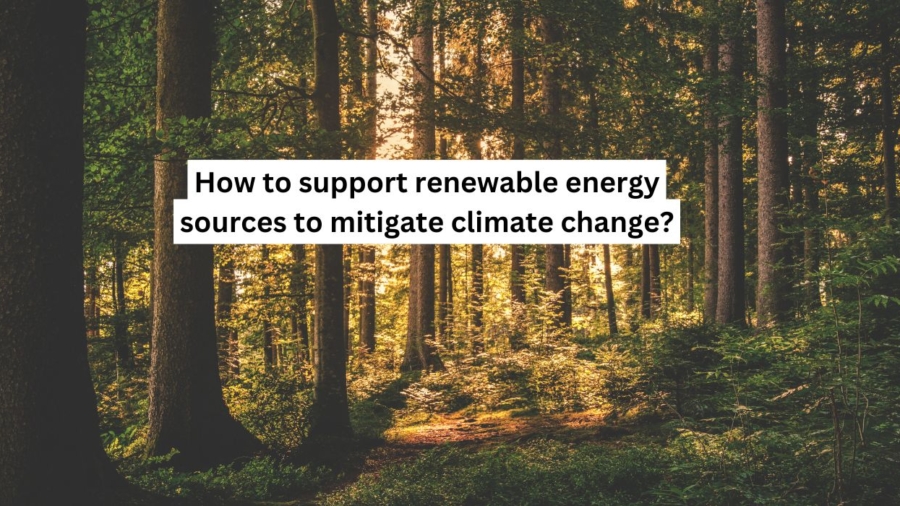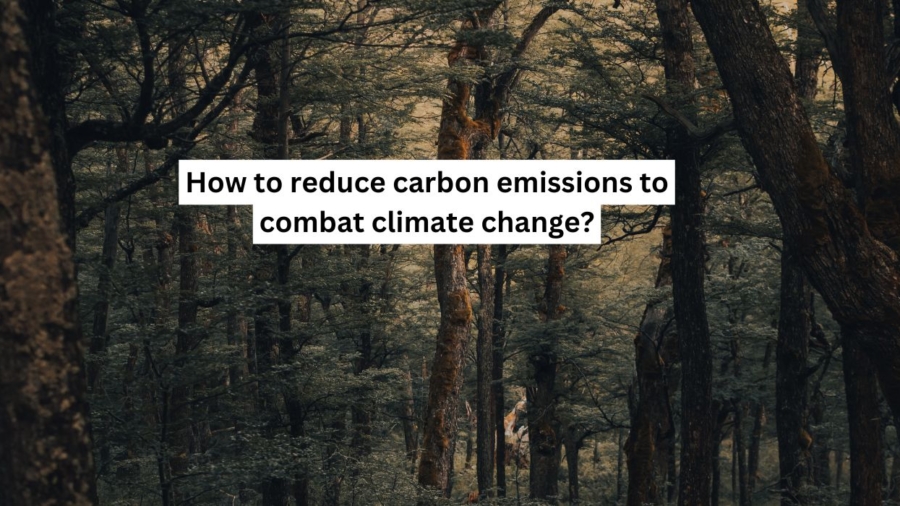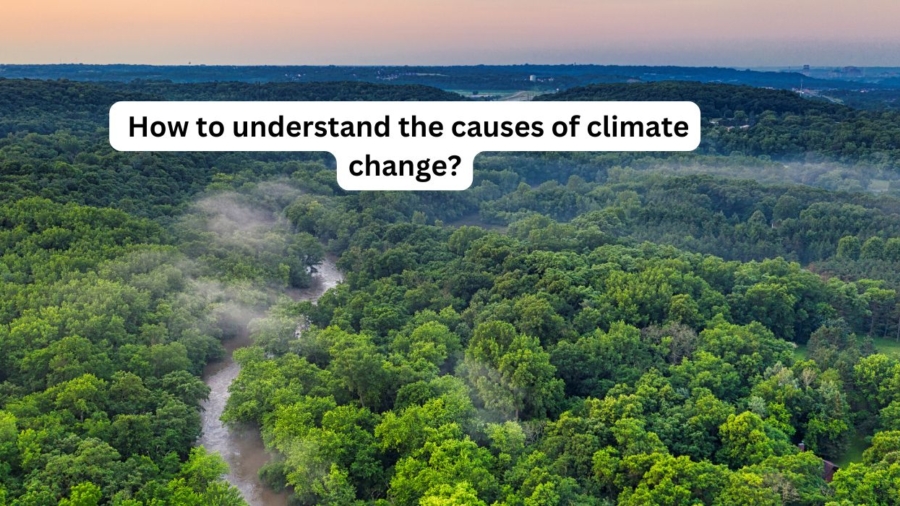As climate change continues to threaten the planet, supporting organizations dedicated to addressing this issue is more important than ever. These organizations play a vital role in advancing solutions, advocating for policy changes, and fostering environmental conservation. By taking action as individuals, we can amplify their efforts and create a meaningful impact. Here are several ways you can support organizations combatting climate change.
1. Financial Donations: Fueling the Fight Against Climate Change
One of the most direct ways to support environmental organizations is through financial contributions.
- Fund Research and Innovation: Donations enable organizations to invest in climate research, develop sustainable technologies, and implement large-scale projects.
- Expand Outreach: Financial support helps organizations increase awareness and mobilize communities for climate action.
- Choose Reputable Organizations: Before donating, research organizations to ensure transparency and effectiveness in using funds.
Even small donations can collectively make a big difference, especially when pooled together through crowdfunding campaigns or recurring contributions.
2. Volunteer Your Time and Skills
Volunteering is a hands-on way to support climate action. Many organizations rely on volunteers for various activities, such as:
- Tree Planting and Habitat Restoration: Join local events to help restore ecosystems and increase carbon sequestration.
- Event Support: Assist with workshops, clean-up drives, and awareness campaigns.
- Skill-Based Volunteering: Offer expertise in areas like graphic design, social media, or grant writing to strengthen organizational efforts.
By volunteering, you directly contribute to climate solutions while building connections with like-minded individuals.
3. Advocate for Policy Changes
Advocacy is a powerful tool for amplifying the voices of climate organizations and pushing for systemic change.
- Contact Elected Officials: Write to policymakers, urging them to support renewable energy, carbon reduction, and environmental conservation policies.
- Participate in Climate Rallies: Join marches and demonstrations to show solidarity and demand action from leaders.
- Leverage Social Media: Share educational content, petitions, and news from climate organizations to raise awareness and encourage others to act.
Your voice can help influence decisions that shape our planet’s future.
4. Adopt Sustainable Lifestyle Choices
Living sustainably supports the mission of climate organizations by reducing individual environmental impact.
- Energy Efficiency: Use energy-efficient appliances, switch to renewable energy sources, and conserve electricity at home.
- Reduce, Reuse, Recycle: Minimize waste by adopting sustainable consumption habits.
- Support Sustainable Brands: Choose products and services from companies that prioritize environmental responsibility.
- Buy Local and Organic: Reduce the carbon footprint associated with transportation and support sustainable farming practices.
These everyday actions complement the larger-scale efforts of environmental organizations.
5. Spread Awareness and Educate Others
Educating others about climate change magnifies the impact of your support.
- Organize Community Events: Host workshops, film screenings, or discussions to share knowledge about climate issues.
- Promote Educational Resources: Share articles, videos, and reports from trusted climate organizations.
- Inspire Action: Encourage friends and family to get involved by sharing your experiences and advocating for collective action.
A well-informed community is more likely to support and engage in climate solutions.
6. Partner with Climate Organizations
Collaborate with organizations in meaningful ways to enhance their impact.
- Corporate Partnerships: Encourage your workplace to partner with climate organizations for joint initiatives or donations.
- Community Collaborations: Work with local groups to organize events or campaigns aligned with environmental goals.
- Educational Institutions: Partner with schools or universities to integrate climate education into curricula and support youth-led initiatives.
Building partnerships strengthens networks and broadens the reach of climate action.
Conclusion
Supporting organizations combatting climate change is an essential step toward addressing this global crisis. Whether through financial donations, volunteering, advocacy, sustainable living, or raising awareness, each action contributes to the larger fight against climate change. Together, these efforts can amplify the impact of environmental organizations, leading to meaningful change for the planet.
By uniting with others in the mission to protect our environment, we can create a more sustainable, equitable, and resilient world for future generations. Every contribution matters—start today and be a part of the solution
